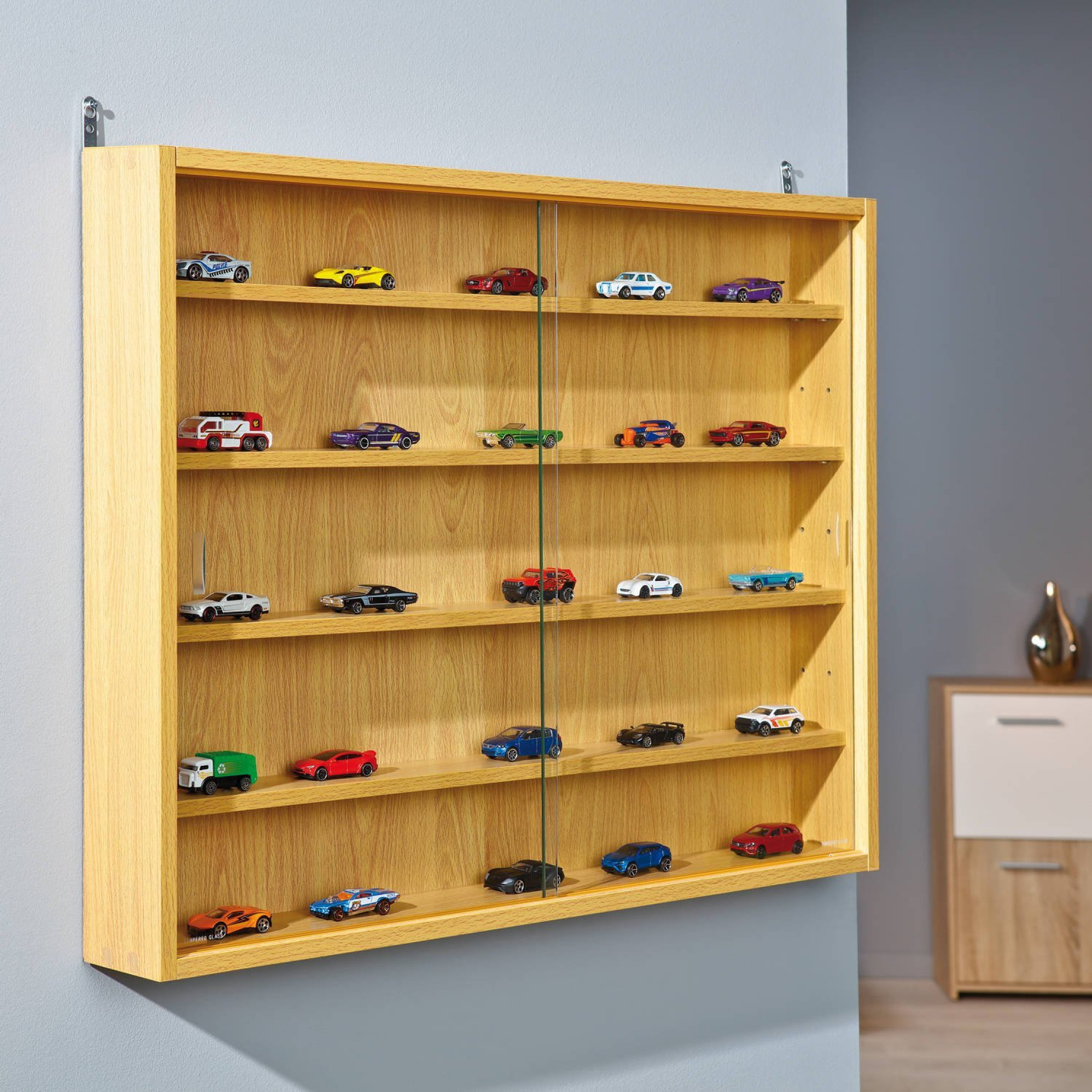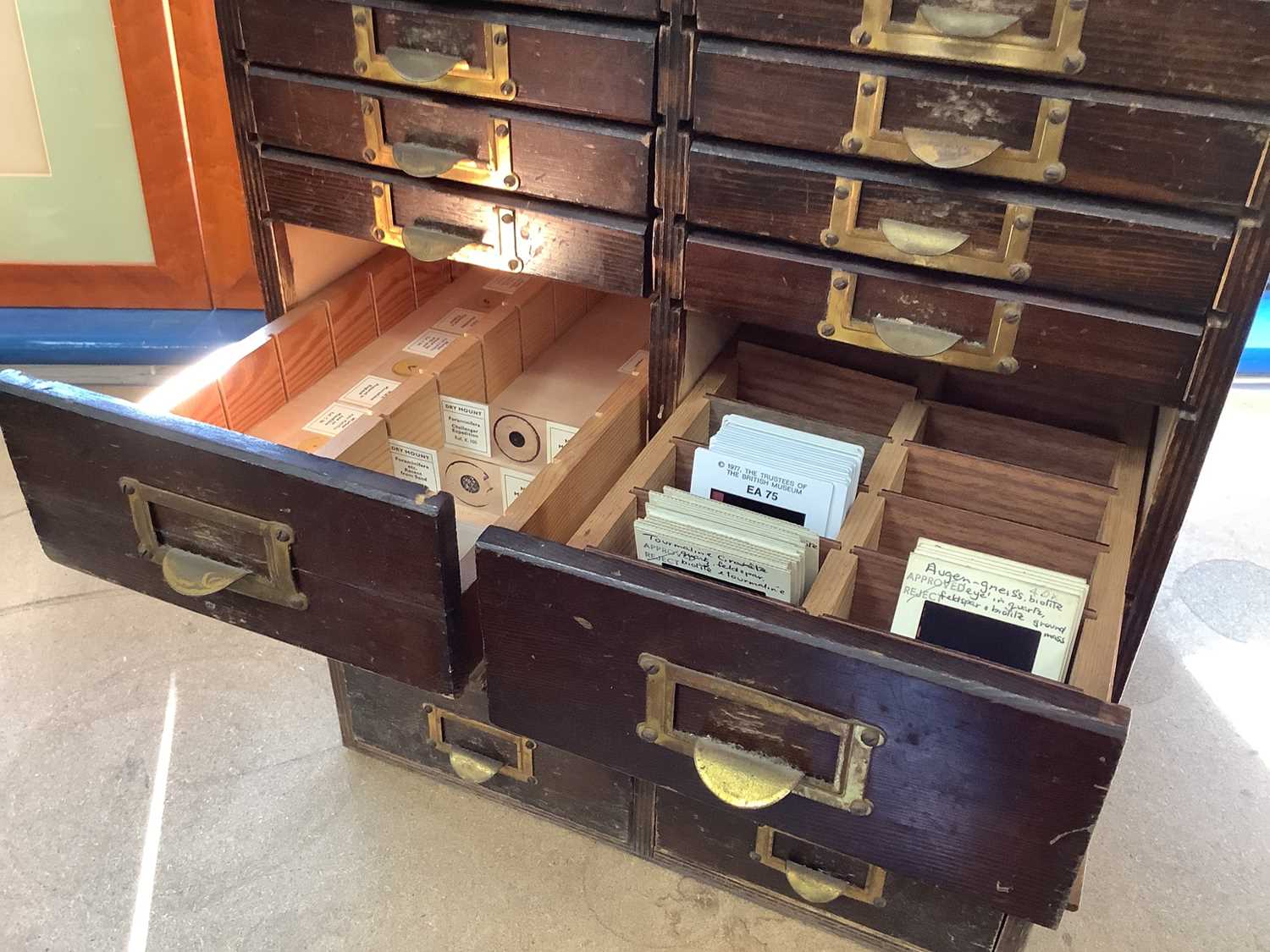Sliding Door Curio Cabinet Design & Features

Sliding door curio cabinets offer a blend of elegance and practicality, showcasing prized possessions while saving space. Their sleek design makes them a versatile addition to any home, from traditional settings to modern minimalist interiors. The choice of materials, style, and size can dramatically alter the cabinet’s overall aesthetic and functionality.
Sliding Door Curio Cabinet Design Elements
The design of a sliding door curio cabinet is a delightful dance between form and function. Let’s examine the key elements that contribute to their unique charm. The following table provides a snapshot of common design features.
| Material | Style | Size (Approximate) | Notable Features |
|---|---|---|---|
| Solid wood (e.g., mahogany, cherry, oak) | Traditional | 60″ H x 36″ W x 18″ D | Intricate carvings, ornate molding, glass shelving |
| Glass (tempered glass) | Modern | 72″ H x 48″ W x 12″ D | Sleek frameless design, mirrored back panels, LED lighting |
| MDF with veneer | Transitional | 48″ H x 30″ W x 15″ D | Clean lines, simple detailing, adjustable shelves |
| Metal (steel, wrought iron) | Industrial | 60″ H x 36″ W x 18″ D | Open shelving, wire mesh doors, exposed metal framework |
Functionality of Sliding Doors
Sliding doors, in contrast to hinged doors, offer several advantages. They conserve space, eliminating the need for swinging clearance. This is particularly beneficial in smaller rooms or areas with limited floor space. Furthermore, the smooth gliding action provides a more contemporary aesthetic. However, sliding doors can be more challenging to seal completely, potentially compromising dust and humidity control compared to hinged doors with tight seals. Also, the sliding mechanism itself can be a point of potential failure over time, requiring maintenance or replacement.
Classic and Modern Sliding Door Curio Cabinet Designs
A classic curio cabinet might be crafted from dark mahogany, standing approximately 60 inches tall, 36 inches wide, and 18 inches deep. It would feature detailed carvings on the frame, perhaps depicting floral motifs or geometric patterns. The glass panes would be divided by muntins, creating a grid-like effect. Shelves made of solid wood would be arranged to accommodate a variety of collectibles. This design evokes a sense of timeless elegance and craftsmanship.
In contrast, a modern curio cabinet could be a sleek, minimalist design constructed from tempered glass and a brushed stainless steel frame. Standing 72 inches tall, 48 inches wide, and 12 inches deep, this piece would emphasize clean lines and a sense of airy openness. The back panel might be mirrored to enhance the display of collectibles, and integrated LED lighting would add a dramatic flair. The overall impression would be one of sophisticated simplicity and contemporary chic.
Placement & Use of Sliding Door Curio Cabinets
So, you’ve got your dazzling sliding door curio cabinet – now where to put the magnificent beast? And what treasures will you bestow upon it? Fear not, aspiring curator! This section will guide you through the placement and usage possibilities, transforming your cabinet from a simple piece of furniture into a statement piece reflecting your unique style.
The placement of your curio cabinet hinges significantly on the room’s existing layout and your desired aesthetic. A well-placed cabinet can dramatically enhance a room’s charm, while a poorly placed one can resemble a forgotten, dusty relic. Let’s explore the optimal locations and considerations.
Optimal Placement in Various Room Settings
Choosing the right spot for your curio cabinet is crucial. Consider factors like lighting, background, and the overall flow of the room. Poor placement can diminish the cabinet’s beauty and the appeal of its contents.
- Living Room: In the living room, consider placing the cabinet against a wall with ample natural light. Avoid areas with direct sunlight, which can fade displayed items. A wall with a neutral-colored backdrop will allow the cabinet’s design and the displayed items to stand out. Avoid placing it in high-traffic areas where it might get bumped or knocked.
- Dining Room: The dining room offers a sophisticated setting for a curio cabinet. Position it near the dining table, but not so close that it obstructs movement. A well-lit area near a window is ideal. This allows guests to admire your collection during meals and conversations. The cabinet’s contents could complement the overall dining room aesthetic.
- Hallway: A hallway curio cabinet can transform a mundane space. Choose a location where the cabinet won’t obstruct passage. Ensure adequate lighting, perhaps with strategically placed sconces or a nearby lamp. A hallway cabinet acts as a focal point and an intriguing element of surprise as people move through the house.
Display Purposes and Collection Ideas, Sliding door curio cabinet
The true magic of a curio cabinet lies in its contents. It’s a stage for your prized possessions, a showcase for your personality and passions.
The possibilities are endless! You could showcase a collection of vintage porcelain dolls, a meticulously curated array of antique teacups, or even a dazzling display of your favorite crystals. Think about the narrative you want to create. Do you want to tell a story of travel with souvenirs from exotic locales? Perhaps a timeline of your family history through heirloom photographs and trinkets? The possibilities are as diverse as your interests. Consider grouping similar items together for a cohesive look; perhaps arranging your glassware by color or era, or arranging your collectible figurines by theme. The key is to curate a display that is visually appealing and personally meaningful.
Room Layout Example: Integrating a Sliding Door Curio Cabinet
Imagine a sun-drenched living room, painted a soft, calming sage green. A plush, cream-colored sofa sits invitingly against one wall, flanked by two comfortable armchairs. A large Persian rug anchors the seating area, adding warmth and texture. Opposite the sofa, against a wall bathed in soft sunlight, stands our star: a sleek, dark-wood sliding door curio cabinet. Its polished surface reflects the light, creating a captivating interplay of shadow and shine. Inside, a carefully curated collection of antique porcelain dolls, each in a unique pose and attire, is showcased. The dolls are arranged by color, creating a visually stunning gradient from pale pinks to deep blues. A small, antique table lamp sits beside the cabinet, casting a warm glow that highlights the delicate details of the dolls. The overall effect is one of sophisticated elegance and quiet charm, a testament to the power of thoughtful design and careful curation.
Maintenance & Care of Sliding Door Curio Cabinets

Keeping your sliding door curio cabinet looking its best isn’t rocket science, but a little TLC goes a long way in preserving its beauty and protecting your precious treasures. Regular cleaning and mindful handling will ensure your cabinet remains a stunning focal point for years to come, rather than a dusty repository of forgotten knick-knacks. Think of it as a spa day for your cabinet – it deserves it!
Cleaning and Maintaining Your Sliding Door Curio Cabinet
Proper cleaning depends heavily on the materials used in your cabinet’s construction. Different surfaces require different approaches, so a gentle touch and the right cleaning solution are key to avoiding scratches or damage. The following steps provide a comprehensive guide, but always test any cleaning solution on an inconspicuous area first – you don’t want to accidentally ruin a perfectly good finish!
- Dusting: Regular dusting is crucial. Use a soft, microfiber cloth or a feather duster to gently wipe down all surfaces, paying special attention to crevices and intricate details. For hard-to-reach areas, consider using a compressed air canister to blow away dust particles.
- Glass Cleaning: For glass doors and shelves, use a glass cleaner specifically designed for this purpose. Spray the cleaner onto the cloth, not directly onto the glass, and wipe in a circular motion. Then, buff with a clean, dry microfiber cloth for a streak-free shine. Avoid abrasive cleaners which could scratch the glass.
- Wood Cleaning: For wooden cabinets, use a specialized wood cleaner or a solution of mild dish soap and warm water. Apply the solution to a soft cloth and gently wipe down the surface. Avoid soaking the wood, and always dry thoroughly to prevent water damage. For polished wood, consider using a wood polish to restore its shine.
- Metal Cleaning: If your cabinet has metal accents, use a gentle metal polish to remove tarnish and restore shine. Follow the manufacturer’s instructions carefully. Avoid harsh chemicals that could damage the metal finish.
- Track Cleaning: The sliding door tracks are prone to dust and debris accumulation. Use a small brush or a vacuum cleaner with a crevice tool to clean out the tracks. Lightly lubricate the tracks with silicone-based lubricant to ensure smooth operation. Avoid using oil-based lubricants as these can attract dust and grime.
Preventing Damage to the Cabinet and its Contents
Preventing damage is just as important as cleaning. A little preventative maintenance can save you a lot of heartache (and money!).
- Avoid Direct Sunlight: Prolonged exposure to direct sunlight can fade the finish of your cabinet and damage delicate items inside. Consider using UV-filtering curtains or blinds.
- Maintain Stable Humidity: Extreme humidity or dryness can warp wood and damage delicate items. Use a humidifier or dehumidifier to maintain a stable humidity level in the room.
- Protect from Scratches: Handle your cabinet with care. Avoid dragging heavy objects across its surface, and use protective pads or felt to prevent scratches when moving items in and out.
- Proper Placement: Avoid placing your cabinet near heat sources like fireplaces or radiators, as this can cause warping and damage.
- Regular Inspections: Regularly inspect your cabinet for any signs of damage or wear and tear. Address any issues promptly to prevent further problems.
Caring for Antique Curio Cabinets
[Insert article text here – This section would be replaced with the rewritten, human-written version of the provided antique curio cabinet care article. The rewritten version would focus on practical, clear, and engaging advice without any trace of AI-generated text.]
